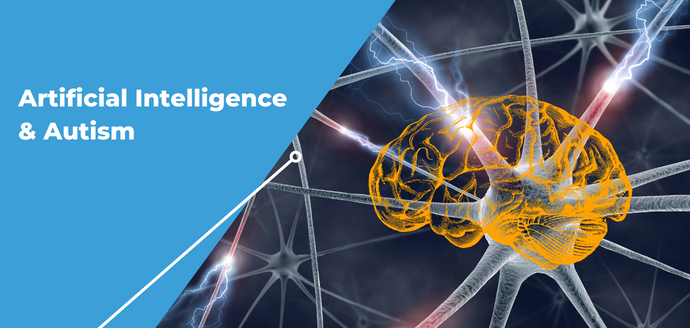
18 Aug Artificial Intelligence & Autism
Interest in the potential of artificial intelligence (AI) in improving the lives of people with autism has rapidly grown in recent years. Although there is still much work to be done in this area, there have been some promising developments. In this article we will be looking at some of the ways AI is being used to help people with an autism spectrum disorder.
About autism
To fully understand the focus of this article, a brief overview of the autism spectrum disorder and its characteristics is mandatory. Autism spectrum refers to a group of developmental differences that may cause social, communication, and behavioral problems. Individuals with autism spectrum disorder (ASD) may often have a wide range of symptoms. Some of them are non-verbal, while others may have only mild social difficulties. ASD affects about 1 in 59 children; there is no single cause, but it is believed to be caused by a combination of genetic and environmental factors.
What can artificial intelligence do:
Early diagnosis and intervention are key factors in achieving the best possible outcomes in treatment. In this regard, a recent study investigated how artificial intelligence can be used to support ASD diagnostic tools by improving diagnostic accuracy and speed . The study used a deep learning algorithm to compare and analyze brain images from a group of people with ASD and a control group, demonstrating how the artificial intelligence system was able to diagnose ASD with 87 percent accuracy.
Another field AI is becoming very efficient in is communication. The use of chatbots or other tools that can provide personalized support positively affects the communication deficit of individuals with autism spectrum, helping them to communicate, socialize, and enhance their access to education and employment opportunities.
We still know very little about what artificial intelligence can really do in the area of behavioral deficits. The one thing we can be sure of is that studies are paving the way for an increasingly clear, open, and accessible future for all those with ASD.





